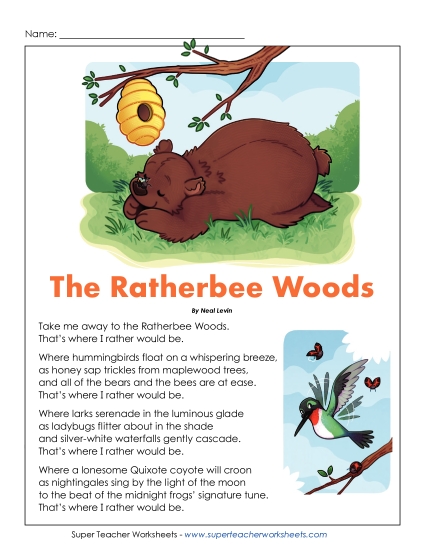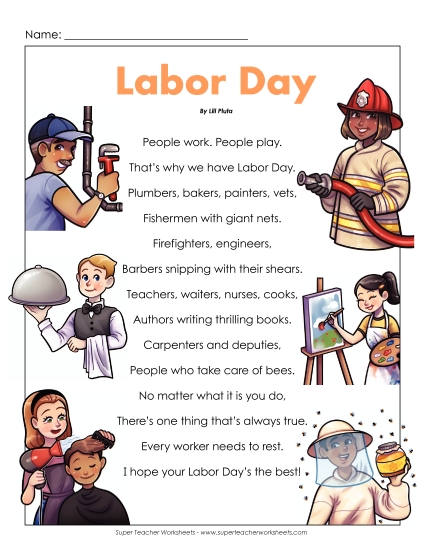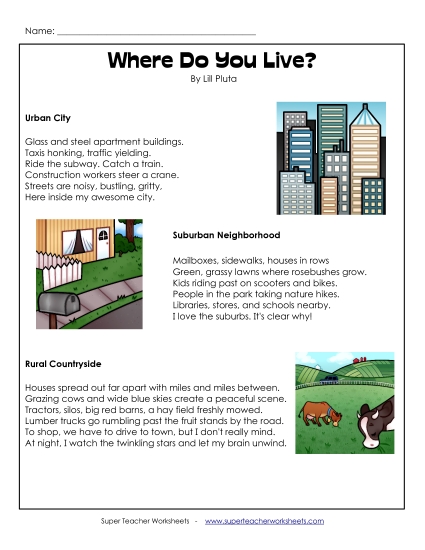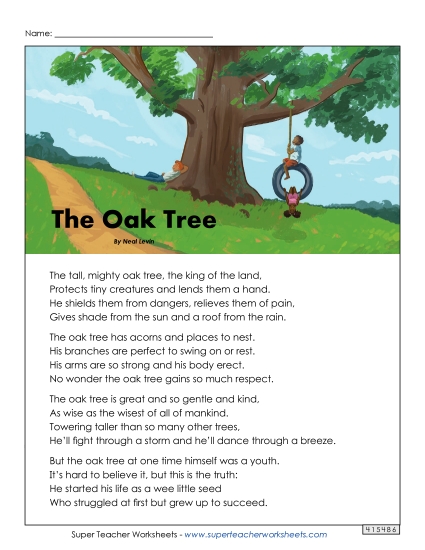RL.5.1:
Reading Literature
Key Ideas and Details
Quote accurately from a text when explaining what the text says explicitly and when drawing inferences from the text.
RL.5.4:
Reading Literature
Craft and Structure
Determine the meaning of words and phrases as they are used in a text, including figurative language such as metaphors and similes.
RL.5.10:
Reading Literature
Range of Reading and Complexity of Text
By the end of the year, read and comprehend literature, including stories, dramas, and poetry, at the high end of the grades 4-5 text complexity band independently and proficiently.
W.5.3b:
Writing
Text Types and Purposes
Use narrative techniques, such as dialogue, description, and pacing, to develop experiences and events or show the responses of characters to situations.
W.5.3d:
Writing
Text Types and Purposes
Use concrete words and phrases and sensory details to convey experiences and events precisely.
W.5.4:
Writing
Production and Distribution of Writing
Produce clear and coherent writing in which the development and organization are appropriate to task, purpose, and audience. (Grade-specific expectations for writing types are defined in standards 1-3 above.)
W.5.10:
Writing
Range of Writing
Write routinely over extended time frames (time for research, reflection, and revision) and shorter time frames (a single sitting or a day or two) for a range of discipline-specific tasks, purposes, and audiences.
L.5.4a:
Language
Vocabulary acquisition and Use
Use context (e.g., cause/effect relationships and comparisons in text) as a clue to the meaning of a word or phrase.
L.5.5a:
Language
Vocabulary acquisition and Use
Interpret figurative language, including similes and metaphors, in context.
L.5.5c:
Language
Vocabulary acquisition and Use
Use the relationship between particular words (e.g., synonyms, antonyms, homographs) to better understand each of the words.
L.5.6:
Language
Vocabulary acquisition and Use
Acquire and use accurately grade-appropriate general academic and domain-specific words and phrases, including those that signal contrast, addition, and other logical relationships (e.g., however, although, nevertheless, similarly, moreover, in addition).
RL.6.1:
Reading Literature
Key Ideas and Details
Cite textual evidence to support analysis of what the text says explicitly as well as inferences drawn from the text.
RL.6.4:
Reading Literature
Craft and Structure
Determine the meaning of words and phrases as they are used in a text, including figurative and connotative meanings; analyze the impact of a specific word choice on meaning and tone.
RL.6.10:
Reading Literature
Range of Reading and Level of Text Complexity
By the end of the year, read and comprehend literature, including stories, dramas, and poems, in the grades 6-8 text complexity band proficiently, with scaffolding as needed at the high end of the range.
W.6.3b:
Writing
Text Types and Purposes
Use narrative techniques, such as dialogue, pacing, and description, to develop experiences, events, and/or characters.
W.6.3d:
Writing
Text Types and Purposes
Use precise words and phrases, relevant descriptive details, and sensory language to convey experiences and events.
W.6.4:
Writing
Production and Distribution of Writing
Produce clear and coherent writing in which the development, organization, and style are appropriate to task, purpose, and audience. (Grade-specific expectations for writing types are defined in standards 1-3 above.)
W.6.10:
Writing
Range of Writing
Write routinely over extended time frames (time for research, reflection, and revision) and shorter time frames (a single sitting or a day or two) for a range of discipline-specific tasks, purposes, and
L.6.4a:
Language
Vocabulary Acquisition and Use
Use context (e.g., the overall meaning of a sentence or paragraph; a word’s position or function in a sentence) as a clue to the meaning of a word or phrase.
L.6.5a:
Language
Vocabulary Acquisition and Use
Interpret figures of speech (e.g., personification) in context.
L.6.5c:
Language
Vocabulary Acquisition and Use
Distinguish among the connotations (associations) of words with similar denotations (definitions) (e.g., stingy, scrimping, economical, unwasteful, thrifty).
L.6.6:
Language
Vocabulary Acquisition and Use
Acquire and use accurately grade-appropriate general academic and domain-specific words and phrases; gather vocabulary knowledge when considering a word or phrase important to comprehension or expression.












